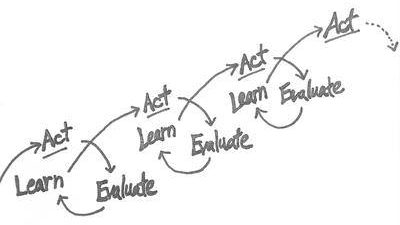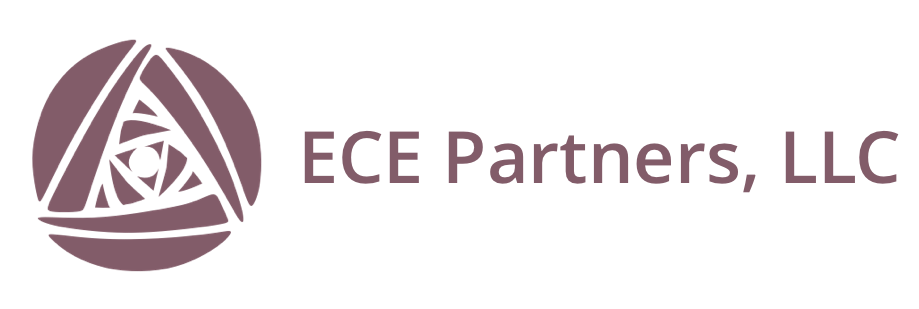Why do evaluation?

Having a basic evaluation plan can help organizations save time and resources by creating successful programs from the start. By surveying clients about their interests, accommodations and constraints; identifying intended outcomes; and gathering simple data, organizations can feel confident they’re on the right track and make improvements as they go.
Here’s a simple case example we’ve seen in many different shapes and forms and how evaluation could help address the problem: An organization decides to start a 10-week support group for single mothers at 7PM on Tuesday nights. The organization figures that by 7, parents will be done with work and families will have had time for dinner. Free childcare will be provided. The program starts, and for three weeks in a row, only one family attends. What could the organization have done differently?
Low attendance is a good sign that something should change. When we asked the organization to get client feedback, they learned that the time of the group overlapped with an after-school basketball program that many of the children were in (constraint). Parents didn’t feel there was enough time to pick-up kids after work, feed them, and get to the meeting on time (constraint). Clients said that if the meetings were on Saturday mornings, they would be more likely to attend (accommodation). They also were not clear on the specific topic for the group and had certain issues they wanted to talk about, for example, blended families after divorce (interest/value), stress management (interest/value) and financial planning (interest/value). Parents also said they wanted to leave the group with a concrete plan or strategy around the topic (outcome).
After the organization switched the time of the support group, shared specific topics that matched the interests of their clients and were able to clearly share what participants would gain by joining, participation increased immediately. At the end of the 10-week period, parents completed a survey about their experience, sharing their favorite aspects of the program and areas for improvement. This information is useful for internal program improvements, as well as for funders, investors and other stakeholders.
